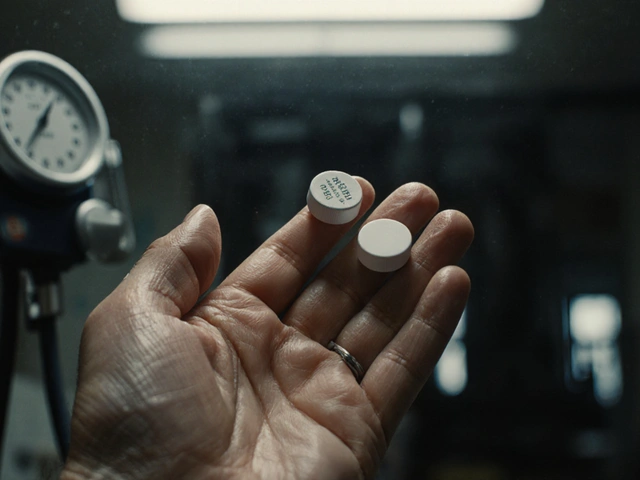Clindamycin – What You Need to Know
If your doctor mentioned clindamycin, you probably wonder what the drug does and how to use it safely. In plain terms, clindamycin is an antibiotic that fights bacterial infections by stopping bacteria from growing. It’s often prescribed for skin infections, dental problems, bone infections, and certain lung issues when other antibiotics aren’t a good fit.
Before you start, note that clindamycin comes in tablets, capsules, and liquid form, plus an injectable version used in hospitals. Your doctor will pick the right type based on where the infection is and how severe it feels. Always follow the exact dosage instructions – skipping doses or stopping early can let bacteria survive and cause a relapse.Here’s a quick snapshot of typical adult dosing: 150‑450 mg every 6‑8 hours for most infections, with some cases requiring up to 600 mg four times daily. Kids get weight‑based doses, usually around 20‑40 mg per kilogram each day divided into three parts. The exact amount depends on the infection type and how your body handles the drug.
How Clindamycin Works
Clindamycin blocks a bacterial protein called ribosome, which bacteria need to make essential proteins for growth. By halting this process, the drug stops the bug from multiplying, giving your immune system a chance to clear it out. This mechanism works well against many gram‑positive bacteria and some anaerobes that thrive in low‑oxygen places like deep cuts or gum pockets.
Because it targets specific bacterial structures, clindamycin isn’t effective against viruses such as colds or flu. Using it for viral infections won’t help and can increase the risk of side effects.
When to Take It Safely
The most common side effect is stomach upset. You might feel nausea, diarrhea, or a mild abdominal cramp. Taking clindamycin with food or a glass of milk often eases these feelings. If you notice severe watery diarrhea that’s pale and foul‑smelling, stop the drug and call your doctor right away – it could be a serious infection called C. difficile.
Allergic reactions are rare but possible. Look out for rash, itching, swelling of the face or throat, and trouble breathing. If any of these happen, seek medical help immediately.
Avoid alcohol while on clindamycin if you have a history of liver problems. The drug is processed by the liver, so mixing it with heavy drinking can strain the organ.
Pregnant or nursing mothers should discuss clindamycin with their doctor. Generally, short courses are considered safe, but your provider will weigh benefits against any potential risk to the baby.
If you’re on other meds, tell your pharmacist. Clindamycin can interact with certain blood thinners and muscle relaxants, changing how they work or raising side‑effect chances.
Finish the entire prescription even if symptoms fade early. Cutting short treatment leaves some bacteria alive, which can become resistant and cause a tougher infection later.
Store tablets at room temperature away from moisture and heat. Keep liquid forms in the refrigerator if the label says so, and discard any leftovers after the expiration date.
Bottom line: clindamycin is a strong tool against specific bacterial infections, but it works best when you stick to the dosing schedule, watch for side effects, and talk to your doctor about any concerns. With proper use, most people bounce back quickly and get back to normal life.
Best Alternatives to Flagyl for Bacterial Vaginosis in 2025: Secnidazole, Clindamycin, and Probiotics
Flagyl isn’t the only line of defense against bacterial vaginosis anymore. Dive deep into the latest options—secnidazole, clindamycin, and probiotics—and see what actually works in 2025. Get tips, key facts, and genuine advice for making the best choice if Flagyl isn’t for you. This article brings clear, straight-talking info for anyone looking for real solutions to bacterial vaginosis today.
About
Health and Wellness
Latest Posts


How and Where to Buy Metformin Online Safely (2025 Guide)
By Orion Kingsworth Aug 23, 2025

Medication Shortages: How to Manage When Drugs Aren’t Available
By Orion Kingsworth Nov 26, 2025

Natural vs. Synthetic Calcium Carbonate: What's The Difference?
By Orion Kingsworth Feb 5, 2025

